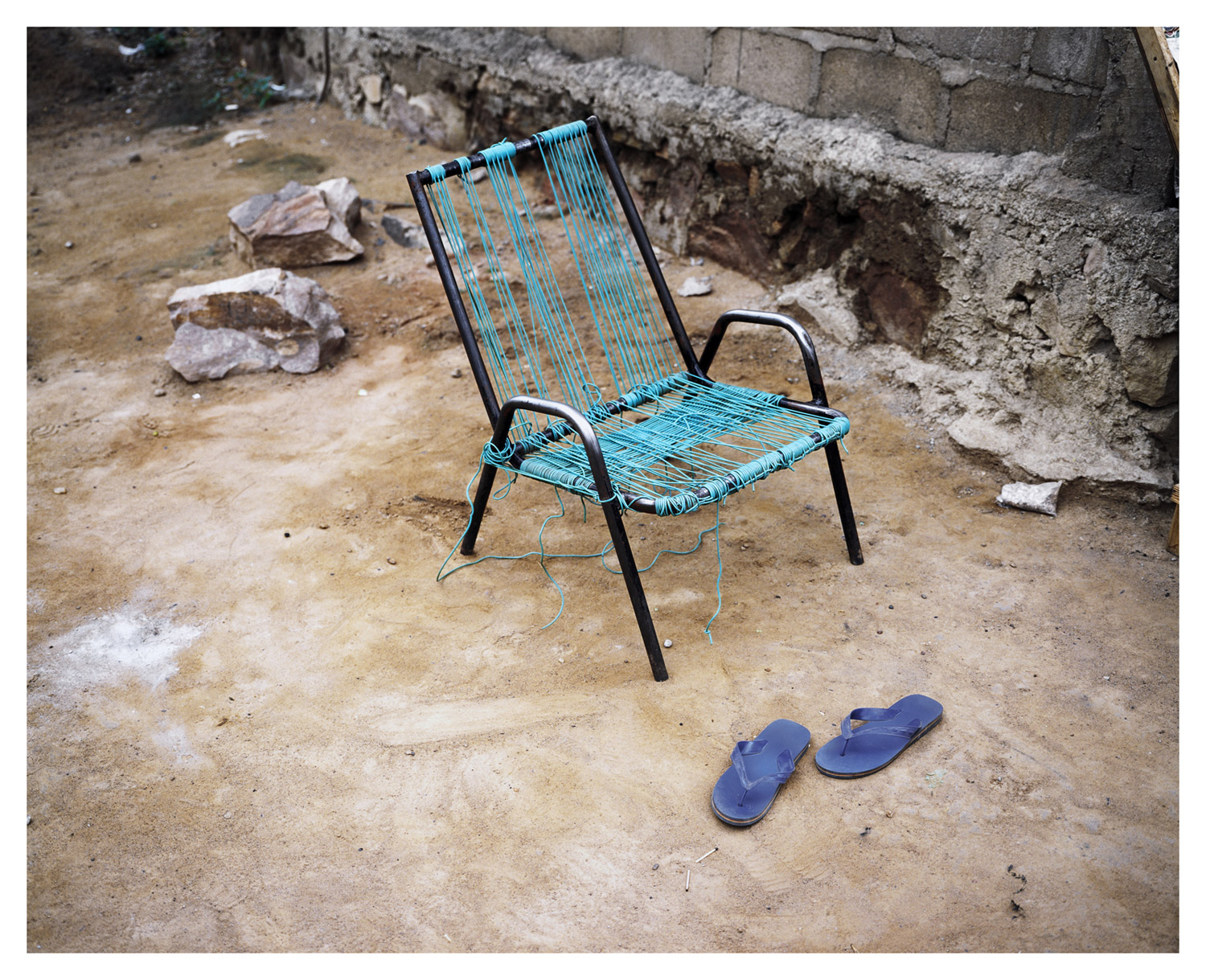
The insider-outsider dichotomy is central to artists approaching cultures other than their own, and few have engaged this so perceptively—even prophetically—as the French anthropological filmmaker Jean Rouch. He is best known for Chronicle of a Summer, made in collaboration with sociologist Edgar Morin in Paris in 1960. The work is renowned for its unprecedented level of self-reflexivity and subject participation—a sort of marriage between the early visual anthropologist Robert Flaherty and Dziga Vertov, who invited subjects and audiences to understand the filmmaking process. But it wasn’t his hometown of Paris, but rather Africa, where Rouch began his career as a civil engineer and made most of his films.
“One of the things that amazed me always with the films was that on one hand there was something with the community there, but you could also feel him as a stranger,” said José Pedro Cortes, the 34-year-old Portuguese photographer and publisher who named his recent solo exhibition Moi, Un Blanc (“I, a White”) after Rouch’s celebrated film Moi, Un Noir. Last year, influenced by Rouch, Cortes traveled from his native Lisbon to an area of Mali known as the Dogon. “I don’t pretend to photograph a particular community,” Cortes explains, “but I’m more interested in how we actually perceive the people that live there and how we feel this strangeness.” Indeed, the photographs of Moi, Un Blanc hinge upon a fascinating tension between intimacy and inaccessibility. Subjects are photographed from extremely close range, at leisure, or in private areas such as bed and living rooms, and yet the viewers feel a great distance from faces turned from the camera or just out of frame. Landscapes and still lifes alike offer little context; the viewer is perhaps as puzzled as Cortes was during his initial encounter.
In 2008, Cortes and his friend started Pierre von Kleist Editions, an artist-run publisher specializing in photo books. The small company recently printed the photographer’s latest book, Things Here and Things Still to Come, exploring the lives of four U.S.-born Jewish women who decided to undergo military service in Israel and decided to stay. Unlike them, Cortes remains on the move—restlessly curious, a professional outsider following a sympathetic lens.
José Pedro Cortes is a photographer based in Portugal. See more of his work here. Other titles published by Pierre von Kleist Editions are available here.
With additional reporting by Jon Dieringer of Screen Slate.
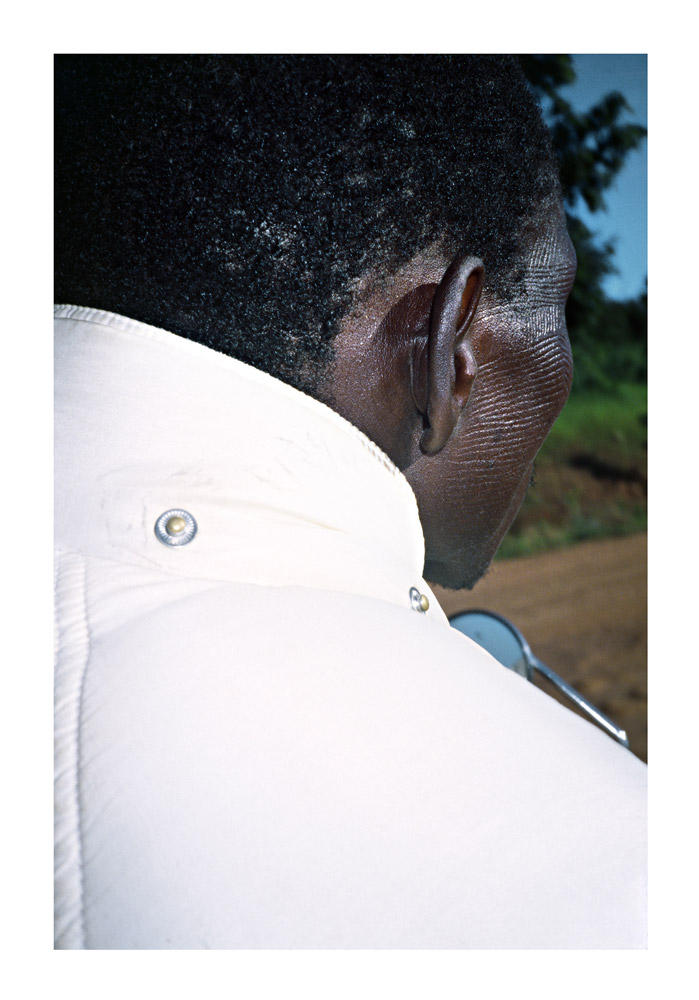
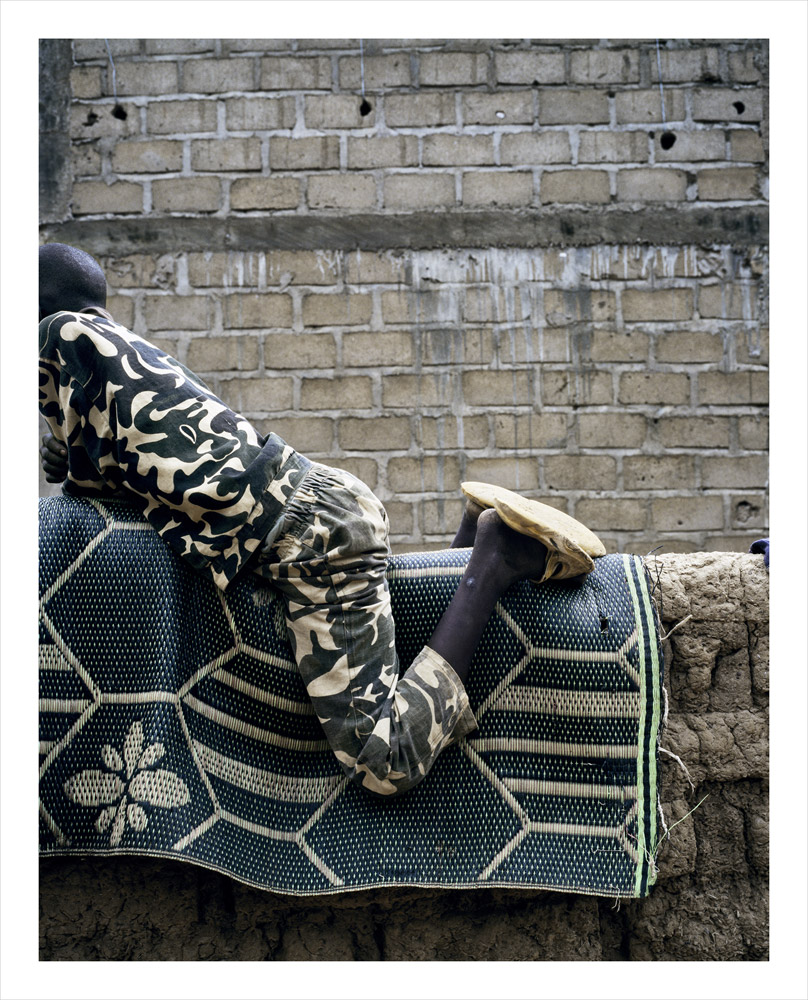
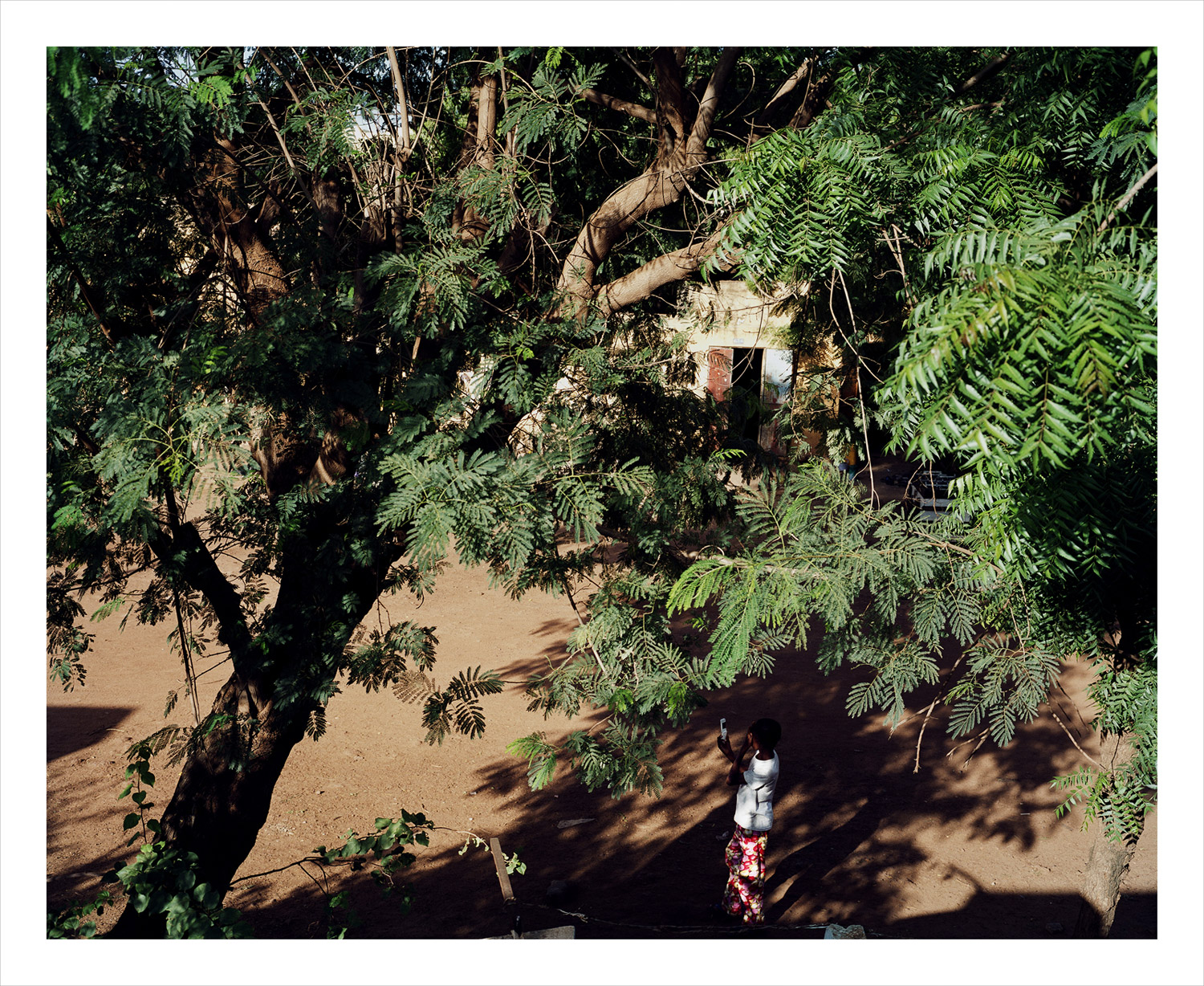
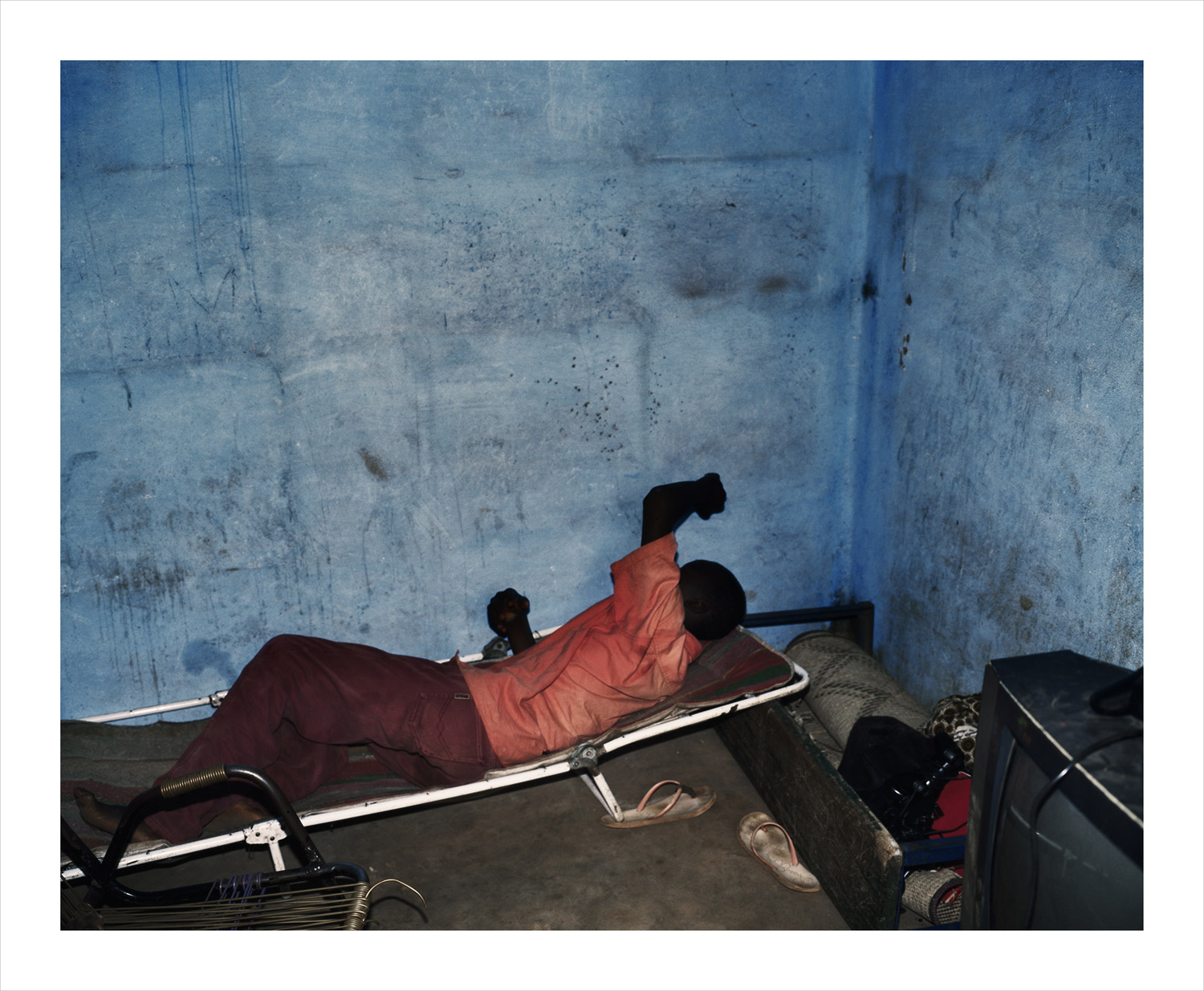

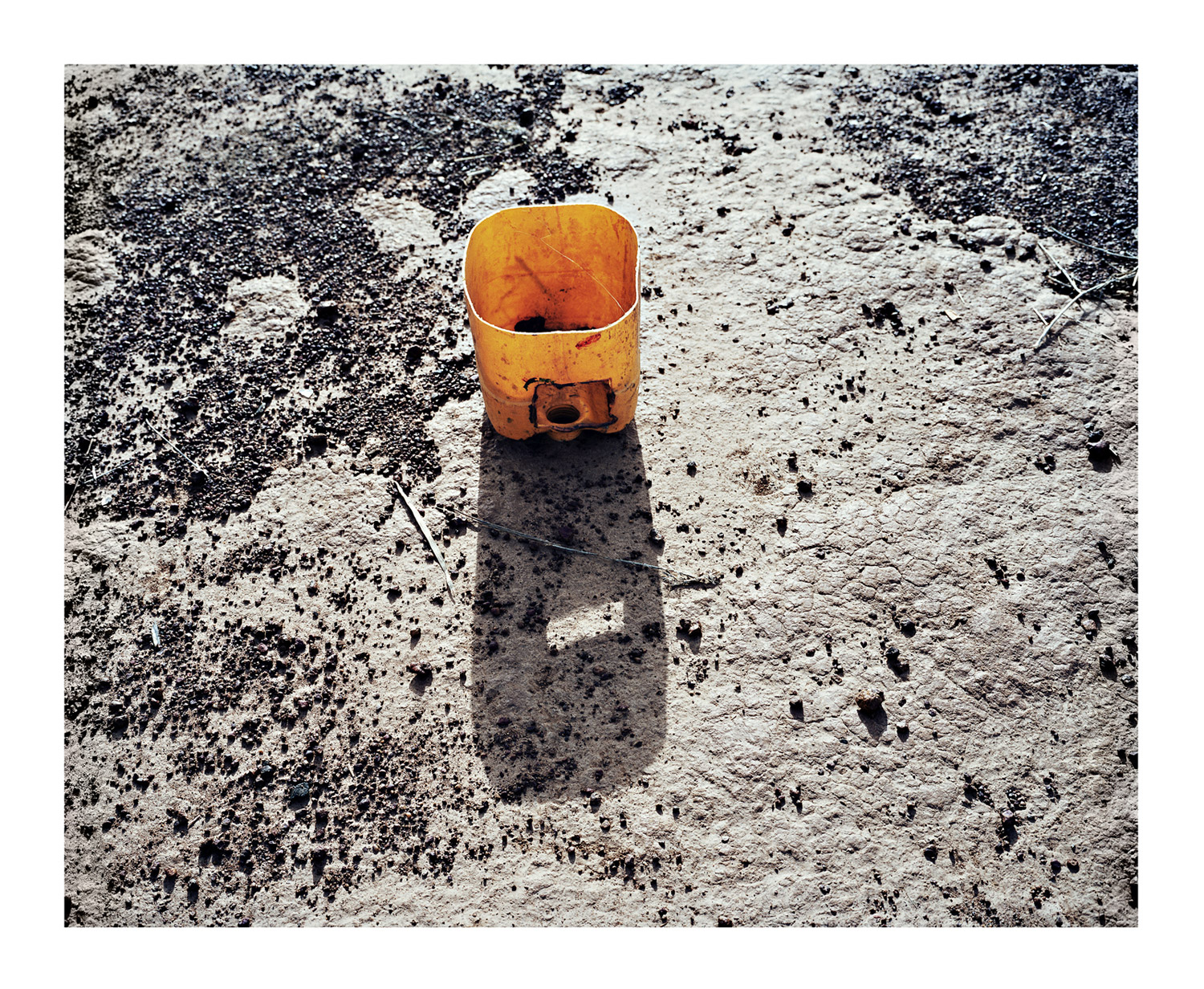
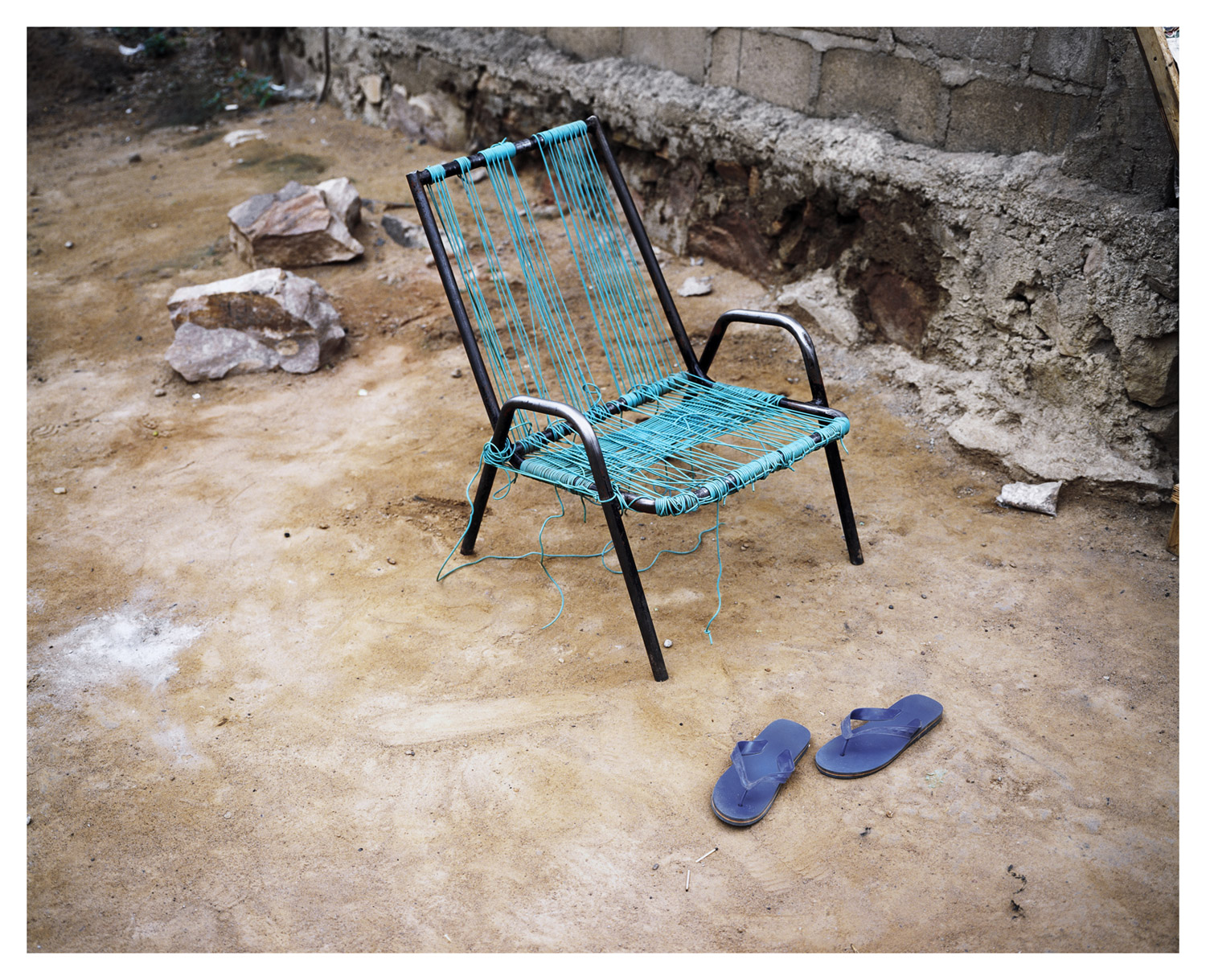

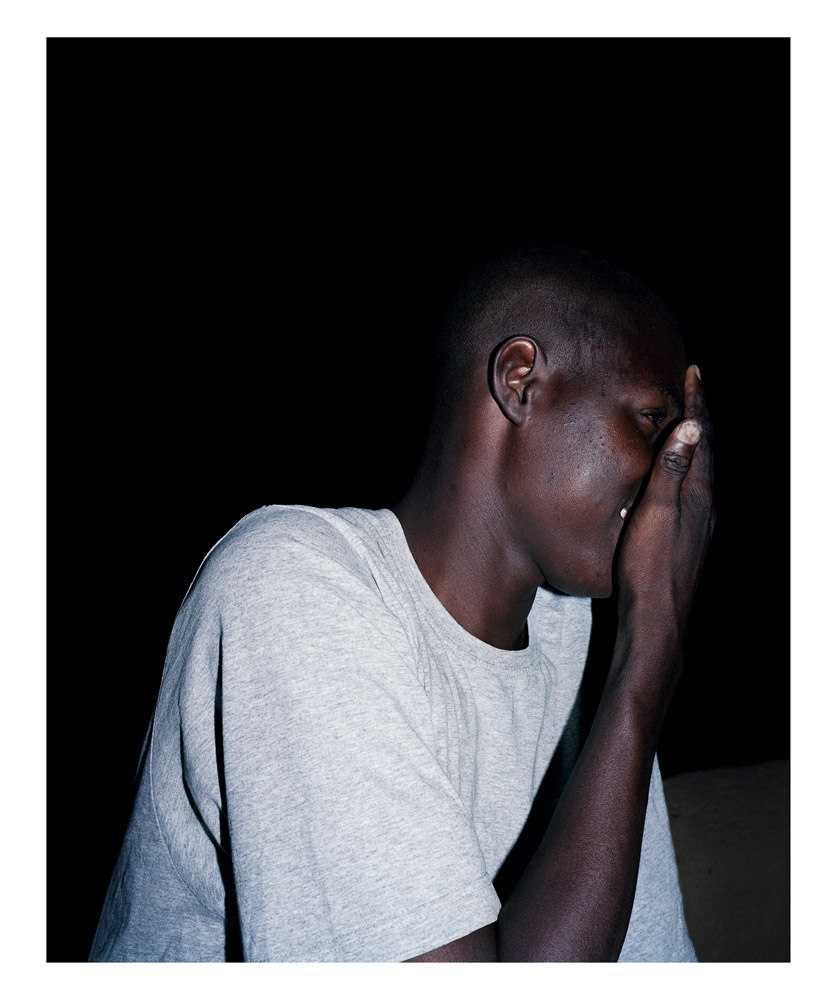
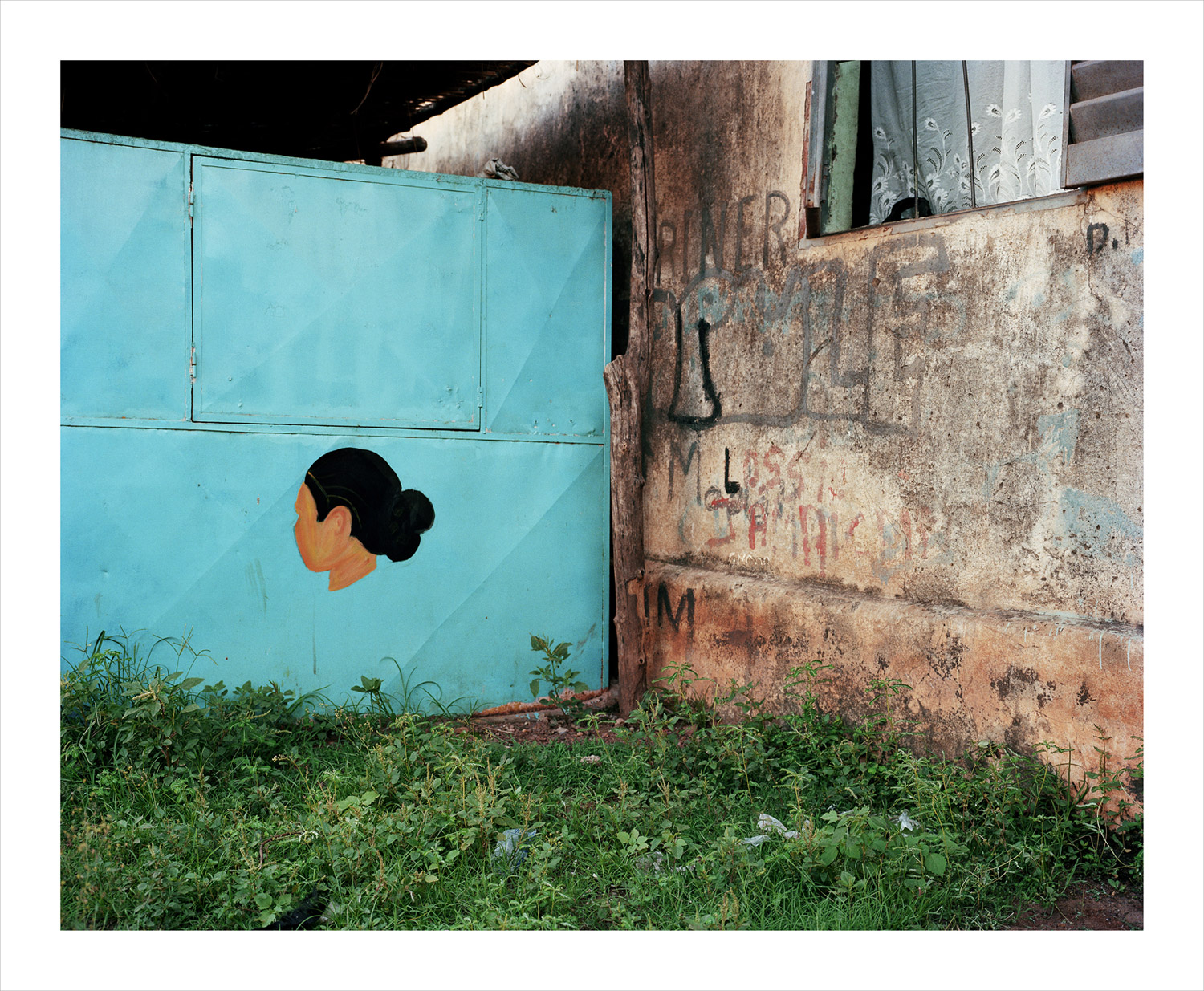
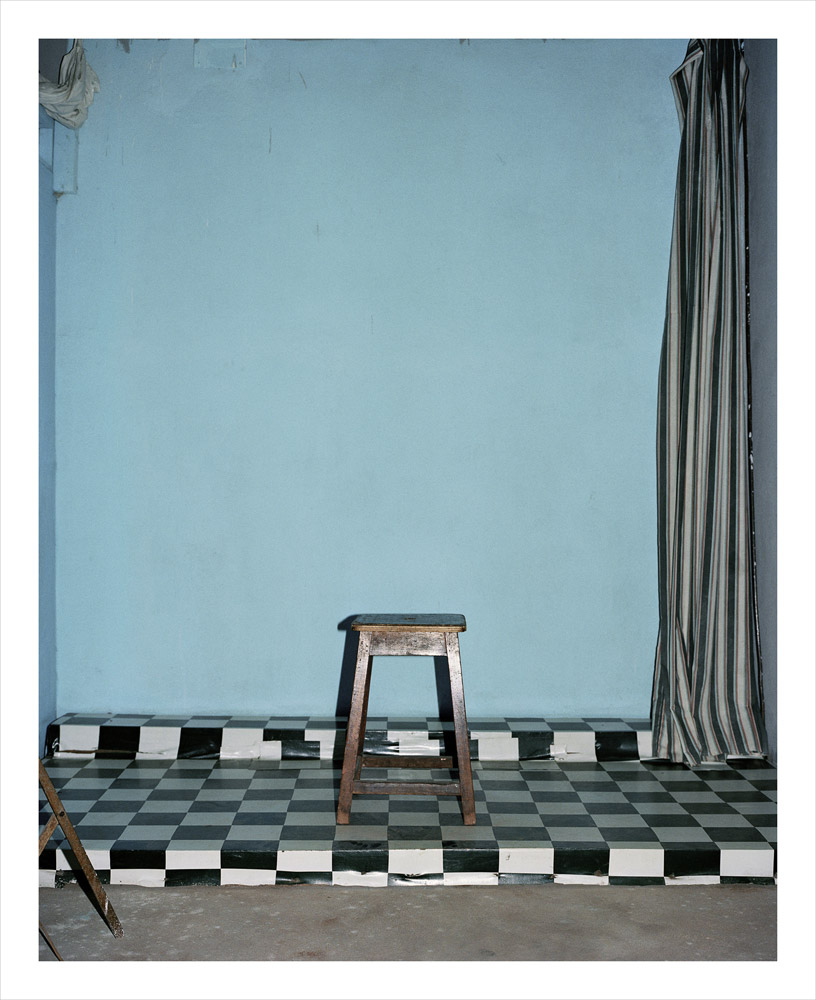
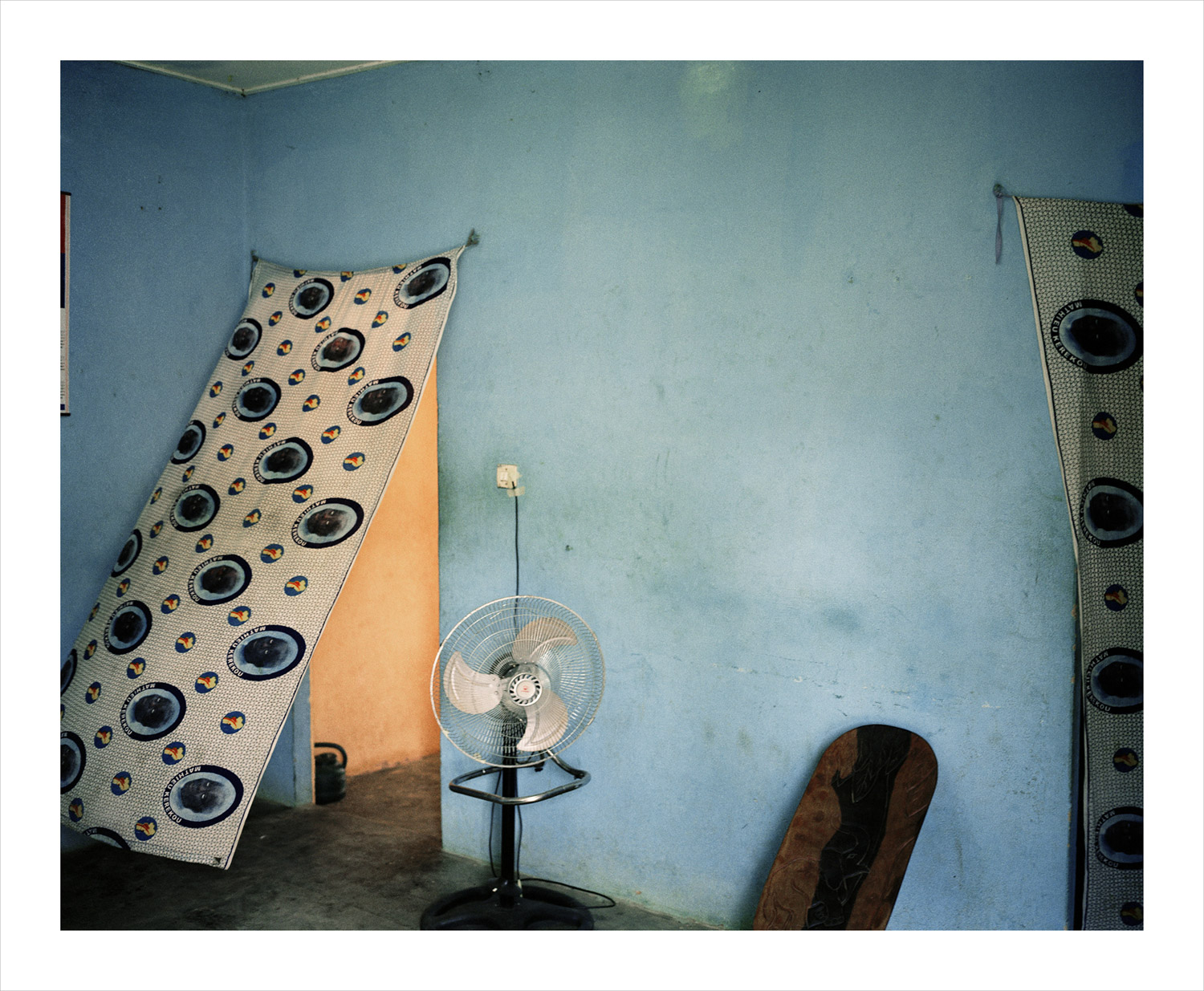
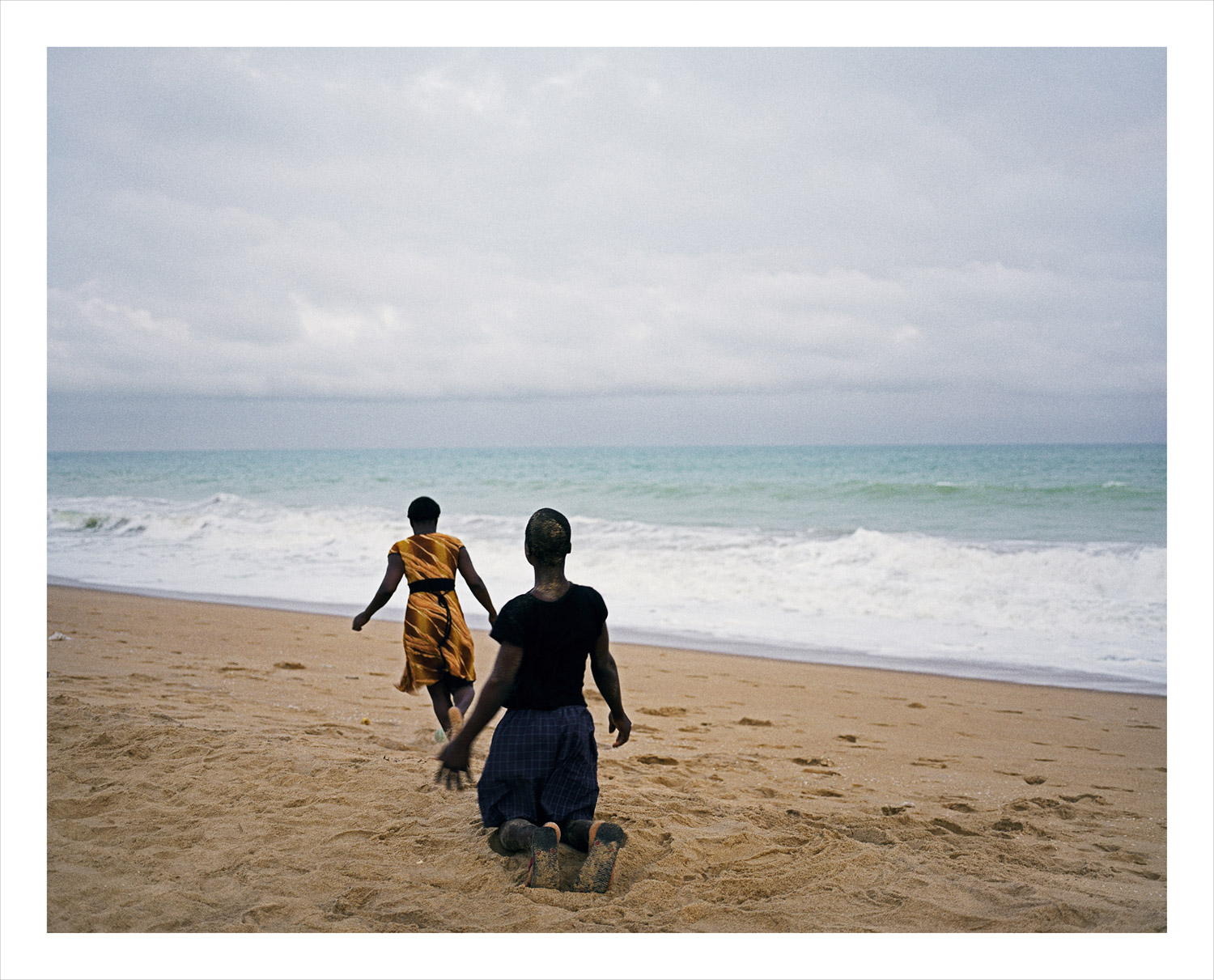
More Must-Reads From TIME
- The 100 Most Influential People of 2024
- Coco Gauff Is Playing for Herself Now
- Scenes From Pro-Palestinian Encampments Across U.S. Universities
- 6 Compliments That Land Every Time
- If You're Dating Right Now , You're Brave: Column
- The AI That Could Heal a Divided Internet
- Fallout Is a Brilliant Model for the Future of Video Game Adaptations
- Want Weekly Recs on What to Watch, Read, and More? Sign Up for Worth Your Time
Contact us at letters@time.com